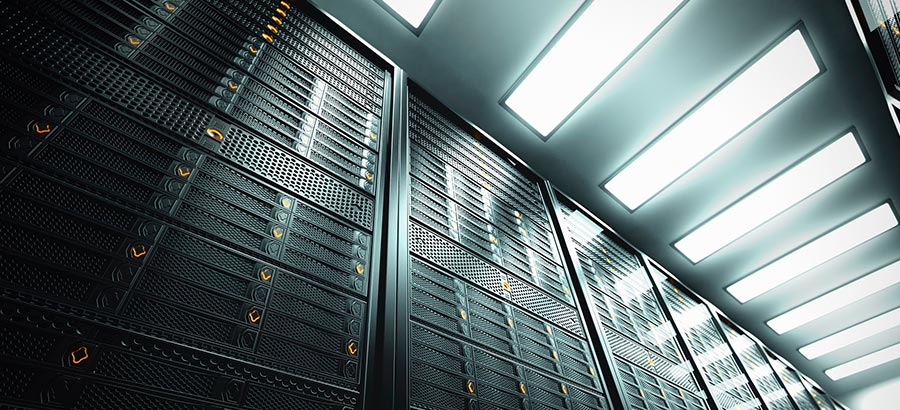- Advertising
- Bare Metal
- Bare Metal Cloud
- Benchmarks
- Big Data Benchmarks
- Big Data Experts Interviews
- Big Data Technologies
- Big Data Use Cases
- Big Data Week
- Cloud
- Data Lake as a Service
- Databases
- Dedicated Servers
- Disaster Recovery
- Features
- Fun
- GoTech World
- Hadoop
- Healthcare
- Industry Standards
- Insurance
- Linux
- News
- NoSQL
- Online Retail
- People of Bigstep
- Performance for Big Data Apps
- Press
- Press Corner
- Security
- Tech Trends
- Tutorial
- What is Big Data
The Database VS the Data Warehouse: What's the Difference and Which Do You Need?
In this era of big data, it's becoming increasingly difficult to determine what type of data storage you need to conduct day-to-day business operations plus the analysis needed to leverage insight from big data. Do you need a database or a data warehouse? What's the difference? Are there any other options you should consider? Here are your answers.

In this era of big data, it’s becoming increasingly difficult to determine what type of data storage you need to conduct day-to-day business operations plus the analysis needed to leverage insight from big data. Do you need a database or a data warehouse? What’s the difference? Are there any other options you should consider? Here are your answers.
Defining the Database

The old, standard database is still alive and well today. Living large on mainframe computers, databases are responsible for handling the overwhelming majority of transactions in today’s frantic world of business and finance. The database, however, is limited. It’s set up to allow for transactions to run, but is not filled with data (or data in the right form) or set up for deep analysis.
The database mainly exists to store, retrieve, and access data for use by applications. In many instances, the data is available to only a single application. Since databases are so relied upon for critical business transactions, most database administrators strive for 99.999 percent (called the five nines) of uptime. Essentially, this means that databases can tolerate virtually no downtime.
Defining the Data Warehouse
A data warehouse is an additional layer built on top of a database, or in some cases, on top of multiple databases. The data warehouse is configured to allow for analysis, and is not practical for real-time transactions. It stores copies of data derived from a number of disparate systems, including the good old transactional database, but also including data from other sources.
The data warehouse allows any number of applications to access the data it houses, not just a single app, which is often the case with a standard database. Usually, the data warehouse holds data that has been transformed and structured for specific uses. Since it is primarily used for analytics, and not daily operations, the data warehouse is usually more tolerant of a certain amount of downtime than the old database.
Other Options for Big Data Users

If you’re doing your research, you’ll also come across other terms, including “data lake”. This term is confusing, because it sounds much like the data warehouse. The primary difference is that data lakes store data in their original, untransformed state. It is generally unstructured. Because it is still in raw form, it can be transformed and analyzed in many different ways. Sort of like play dough—you can take the blob and mold it into other things.
Data lakes usually store all of the organization’s data, unlike databases and data warehouses, which usually only hold data for which there is a certain predetermined use.
For big data analysis, there is also the option of Hadoop clusters. Hadoop is an open source software that allows for distributed storage and processing of extremely huge collections of data. Based on Java, it allows those working with big data to establish clusters of computers working on commodity hardware. There is a significant learning curve involved in undertaking Hadoop, but it is very powerful for data analysis once mastered. Most skilled programmers can learn and become proficient on Hadoop in a few months. A number of products are available to help transfer data into Hadoop (offloading) and utilize Hadoop clusters once set up.
An alternative to keeping gigantic sets of data onsite is to move big data into the Full Metal Cloud. This significantly reduces the amount of hardware necessary to leverage data warehouses, data lakes, and Hadoop operations in house.
Readers also enjoyed:

4 Reasons to Love Hadoop on the Full Metal Cloud


Leave a Reply
Your email address will not be published.